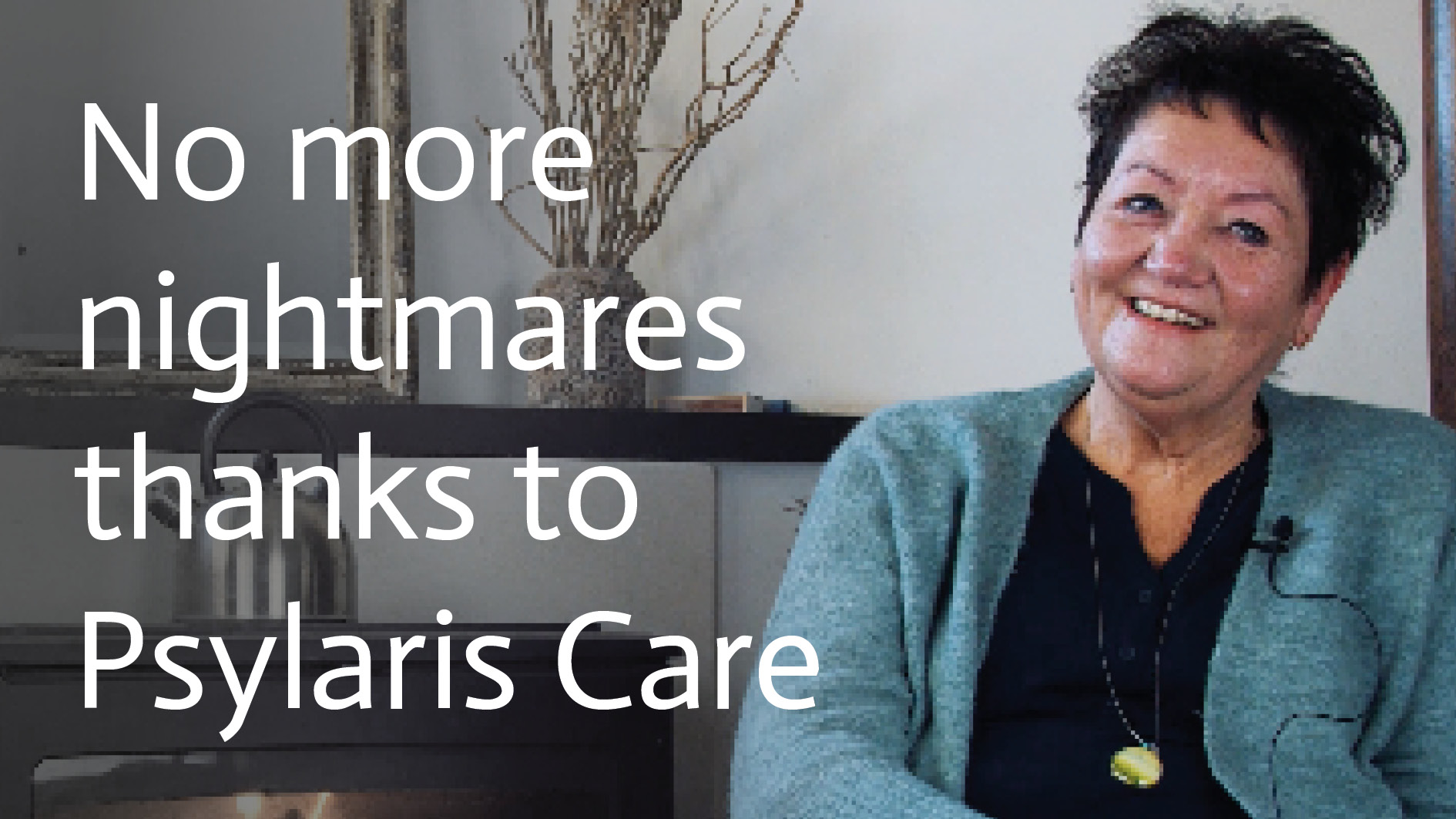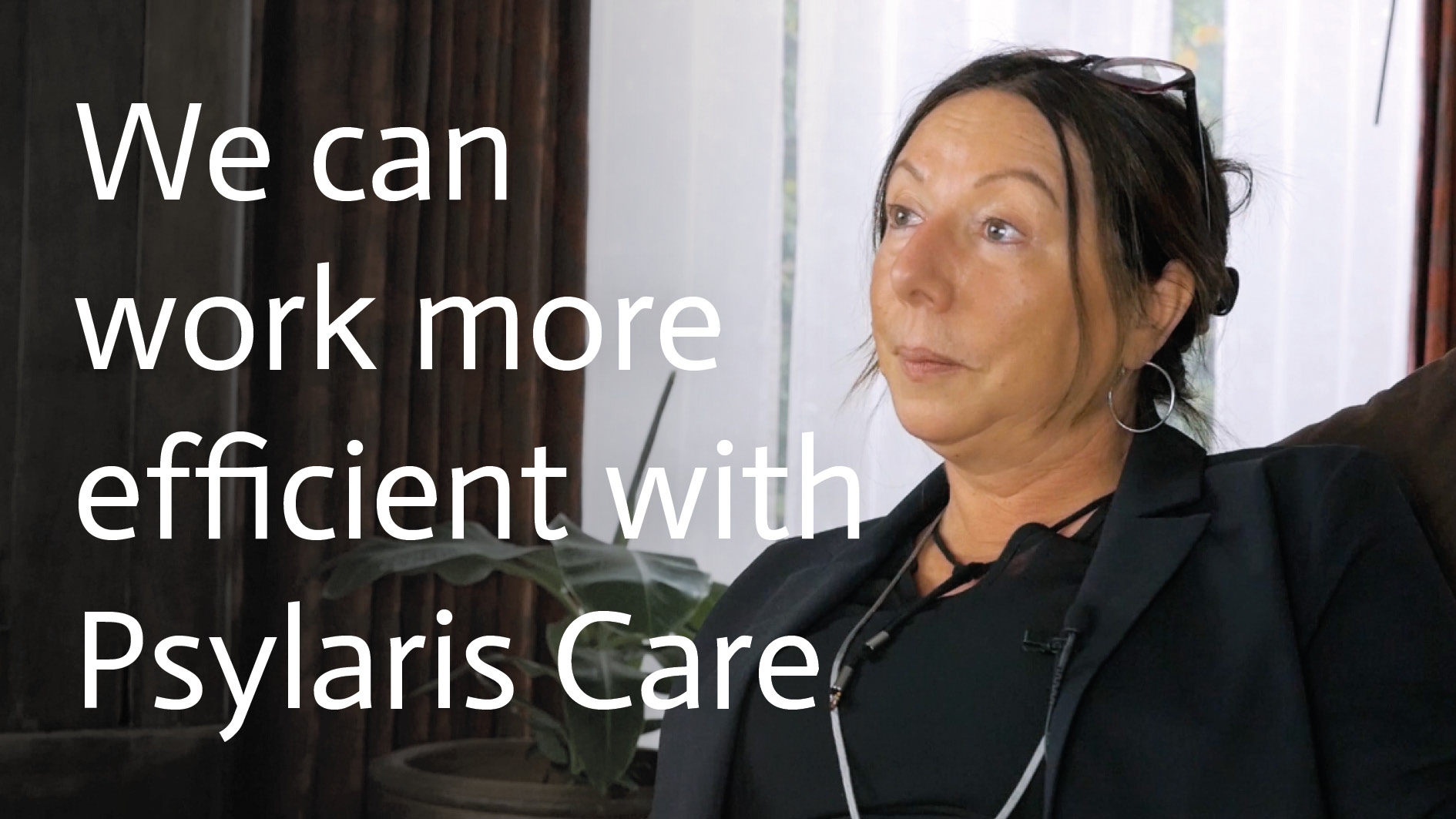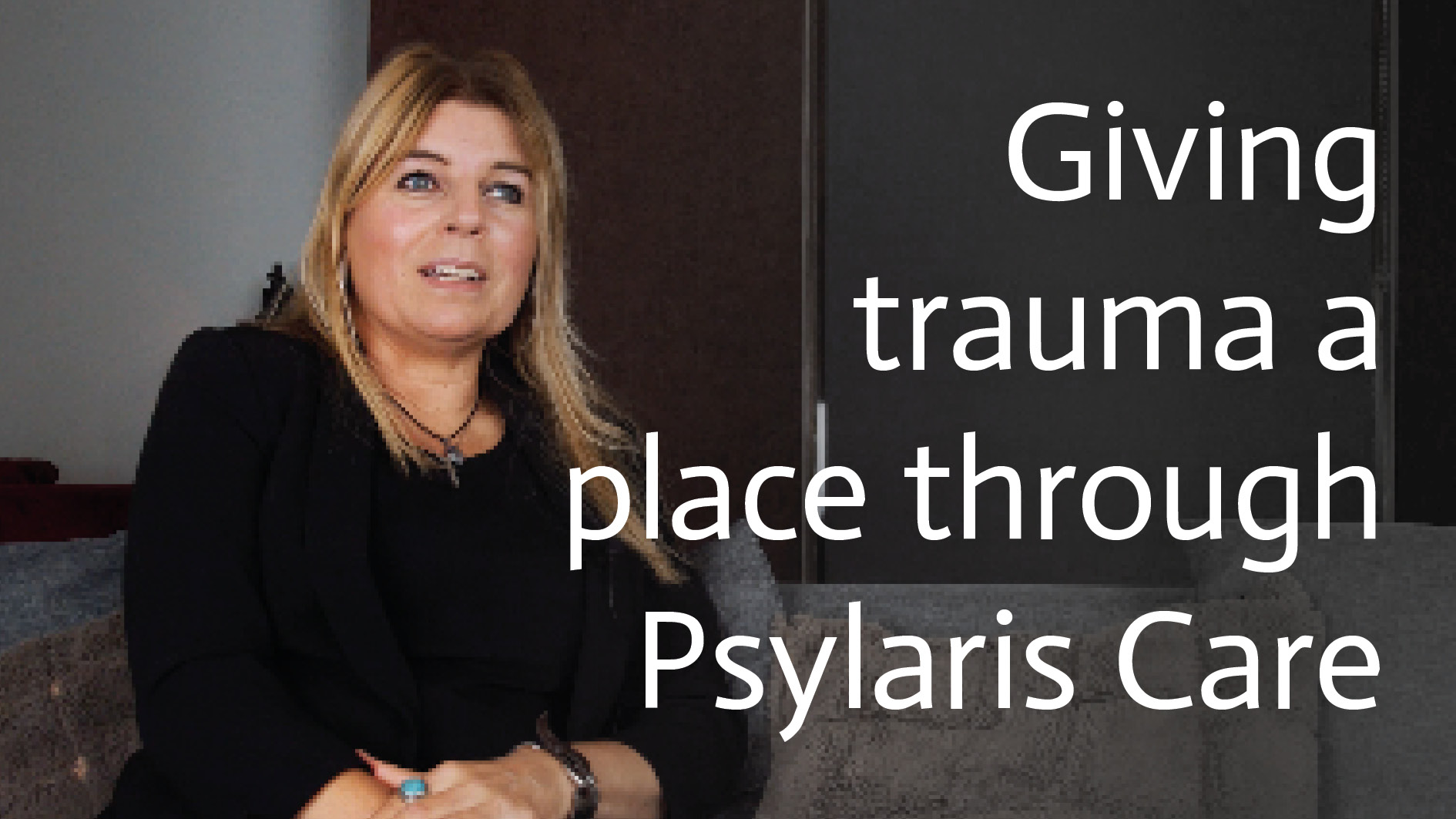In whatever function you work in the mental healthcare sector, it will undoubtedly not have escaped your notice that the mental healthcare sector is changing. In the past decades, the GGZ has been hit hard by budget cuts and also the decentralisation of some care tasks to municipalities has not contributed to a more efficient GGZ. Fortunately, there are many initiatives to make care more accessible for clients and less labour-intensive for GGZ employees. Digital tools play a crucial role. This is also called e-health.
What is the reason for offering online mental health care?
The most important reason for a healthcare institution to assist their clients with online care, or e-health, is that it makes remote care possible. This is impossible when providing mental health care in the traditional way. A client will always have to be present in the treatment room for treatment or be admitted to a care clinic. Precisely in the first case of separate treatment sessions, great advances are being made in mental healthcare with respect to E-health. This can be applied in various ways.
Via a website/client portal
More and more healthcare institutions are using website-based care. Some are more advanced than others. Setting up a website is not the hardest part, but guaranteeing security and privacy is. Roughly speaking, three types of websites can be distinguished: traditional, transitional and advanced websites. The traditional website is mainly an informative website. It contains information about the healthcare institution or about the treatments that are offered. An online treatment is not possible. A transitional website is a website that is still under development. There may already be possibilities for offering limited e-health care. An advanced website is a client portal. The client logs in and enters his/her own digital care environment. The applications in the portal can be very diverse, ranging from insight into the client's own file to contact with the practitioner.
Via virtual reality
Virtual reality (VR) is becoming increasingly popular in the GGZ. The big advantage of VR in the GGZ is that it is relatively easy to apply to many types of treatment. The basis of VR is the VR-glasses. Once wearing the VR goggles, the client has completely stepped out of the current reality and into the virtual world. Impressive results can be achieved much faster and cheaper than with regular treatment in the treatment room. Think for example of exposure therapy, where the client is exposed to his/her fears. You no longer need to take the client by the hand to a practical situation, this can be simulated with VR. Distraction tasks during an EMDR treatment are also easy to carry out through VR glasses and provide a very intense experience.
When to choose online treatment and when to choose offline?
As a practitioner, it can be difficult to find a good balance between online and offline. The online method is an innovative method and should therefore always be discussed with the client. Some clients don't like it at all and/or don't have the possibilities for it. For these clients, it is better to leave it at an offline treatment. But there are also clients who are interested in new online treatment methods. It is not the case that you can immediately proceed to a complete online treatment. Usually, a balance has to be found between online and offline treatment sessions. In certain cases, it is possible to proceed to a full online treatment. This applies, for example, to clients whose condition prevents them from leaving the house. With online treatment, they don't have to go out, and they still get treatment.
Is online or offline treatment better?
When it comes to quality, there is no need nowadays to make a difference between online and offline treatment. Although it is sometimes thought that an offline treatment in the treatment room is always better, this does not have to be the case. On the contrary. With some online treatments there are much better possibilities to treat more intensively and frequently, resulting in a faster recovery.
It is clear that online treatment will be used more and more. Especially when new technical developments make it even easier to use. Sometimes it seems as if we are in a transitional phase towards a completely virtual world, where everything is done online. We have not reached that point yet, so whether you choose online or offline, it will always be a matter of interaction between the practitioner and the client.








